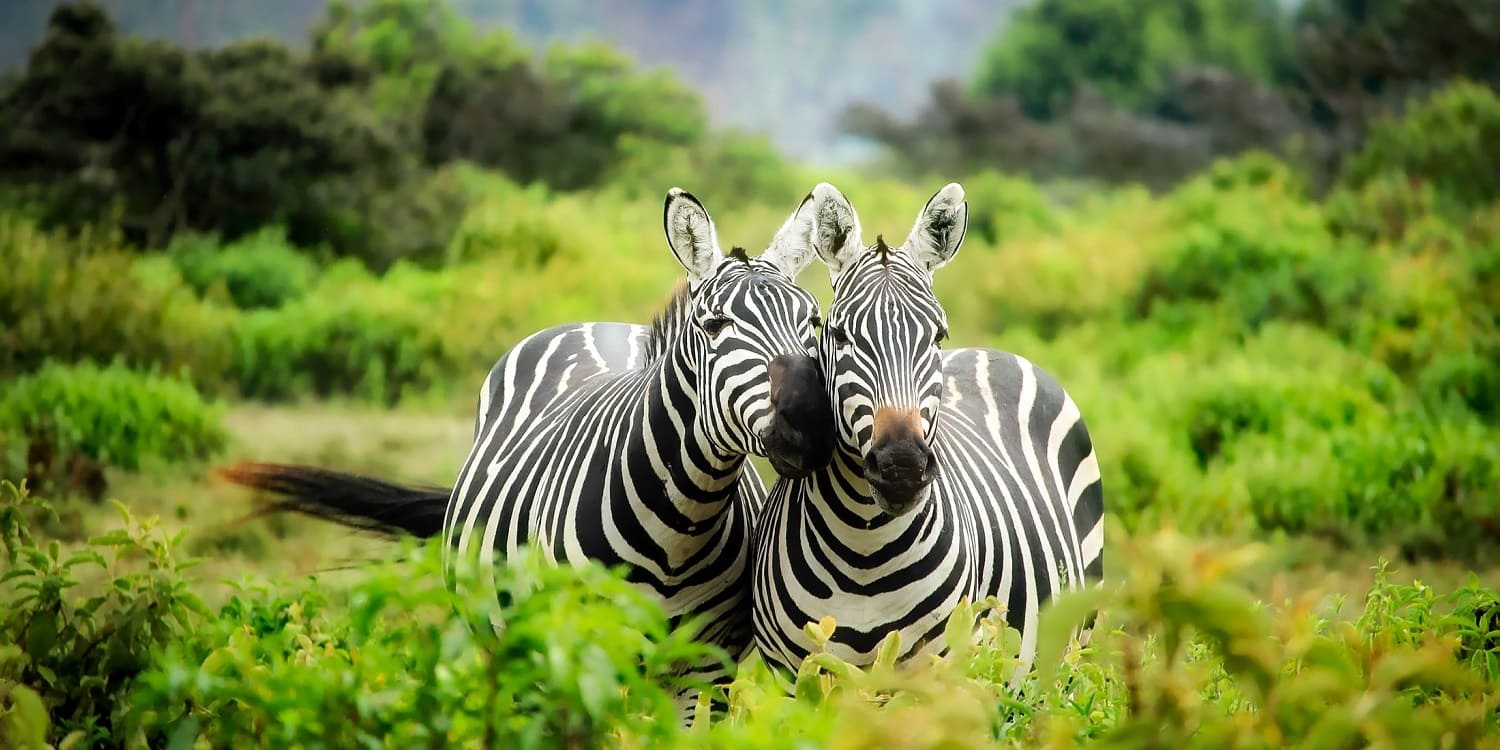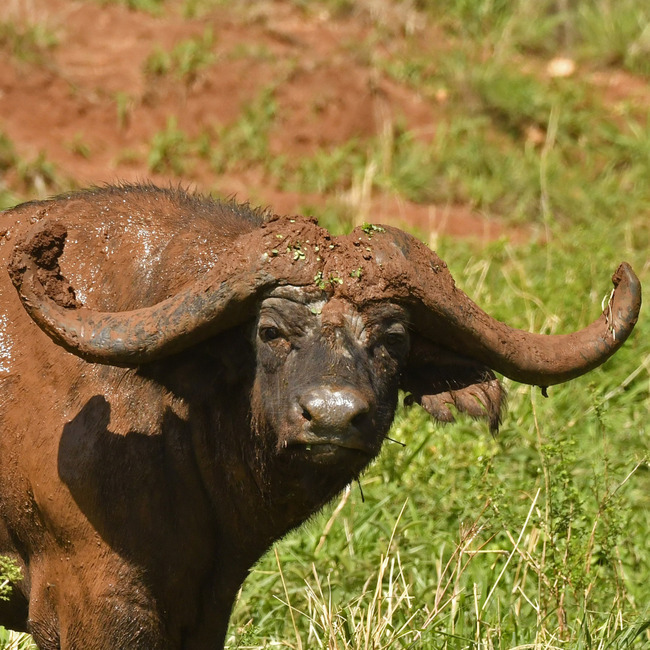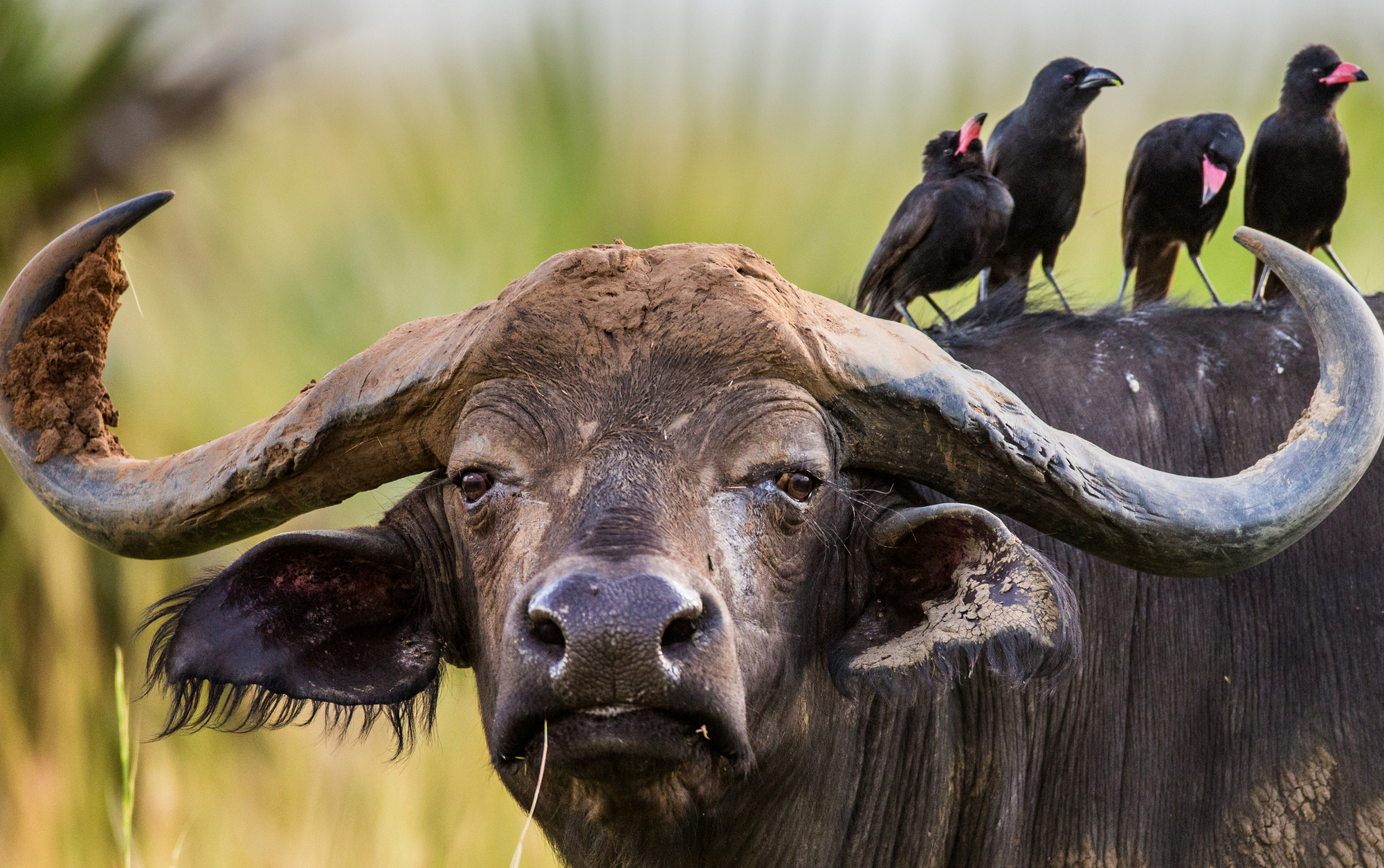9 DAY - MOUNTAIN RWENZORI TREKKING ADVENTURE - 🇺🇬
Tour snapshot
7 Days
Kasese
Mountain Adventure
Overview
Embark on a 9-day trek through the hidden treasures of the Rwenzori Mountains, known as the "Mountains of the Moon." Experience diverse wildlife, birds, and stunning vegetation, from grasslands to heath and moorland. Encounter the local Bakonzo people living on the mountain slopes and immerse yourself in their unique way of life. Discover the natural beauty and cultural richness of the Rwenzori Mountains on this unforgettable adventure.
Included/Excluded
Select Dates
{{type.name}}
{{type.display_price}} per person
Guests
Extra prices:
- {{total_price_html}}
- {{pay_now_price_html}}
Guest in maximum
BOOK NOW Book NowImportant information
- Cultural
- Nature & Adventure
- Wifi
Itinerary
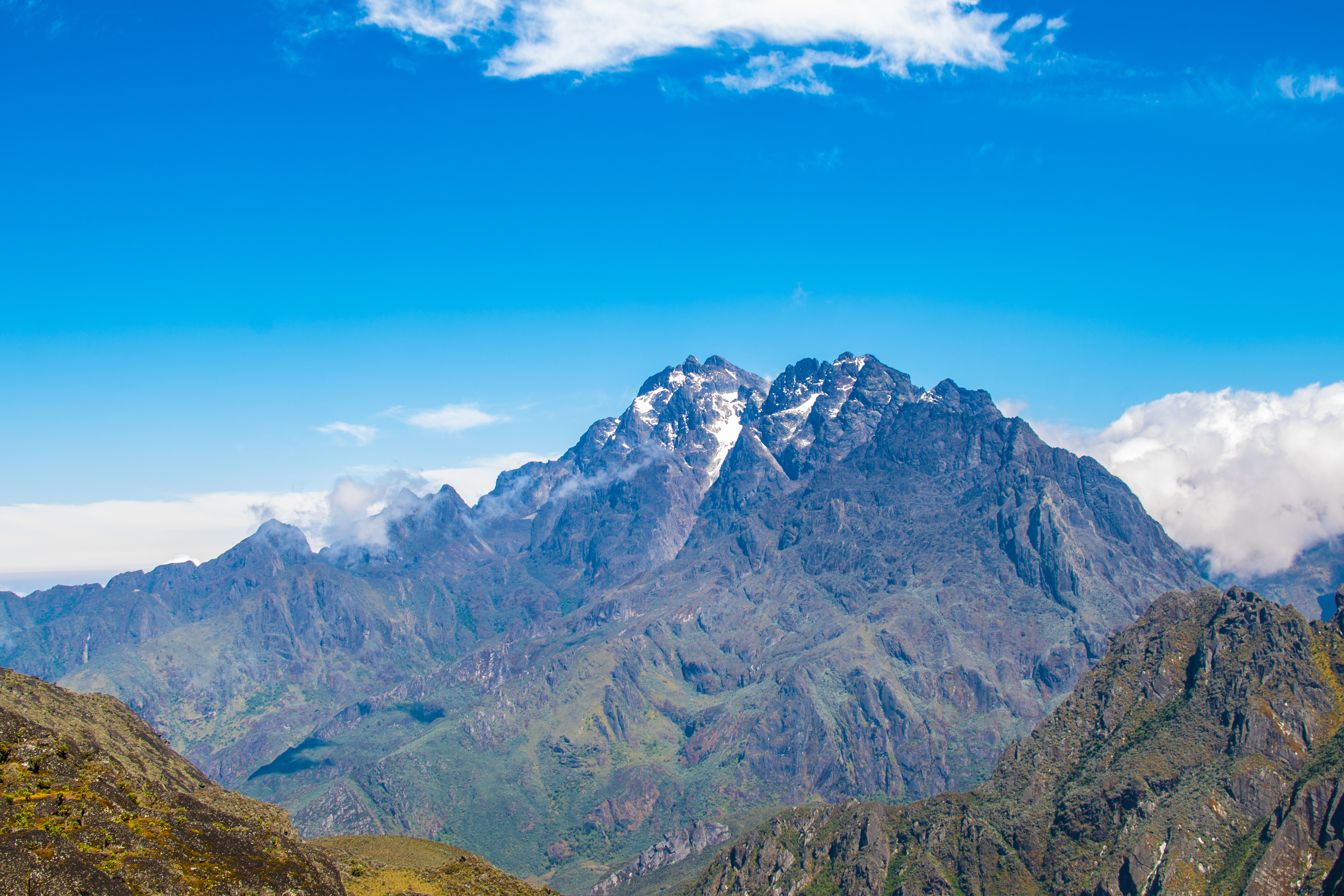
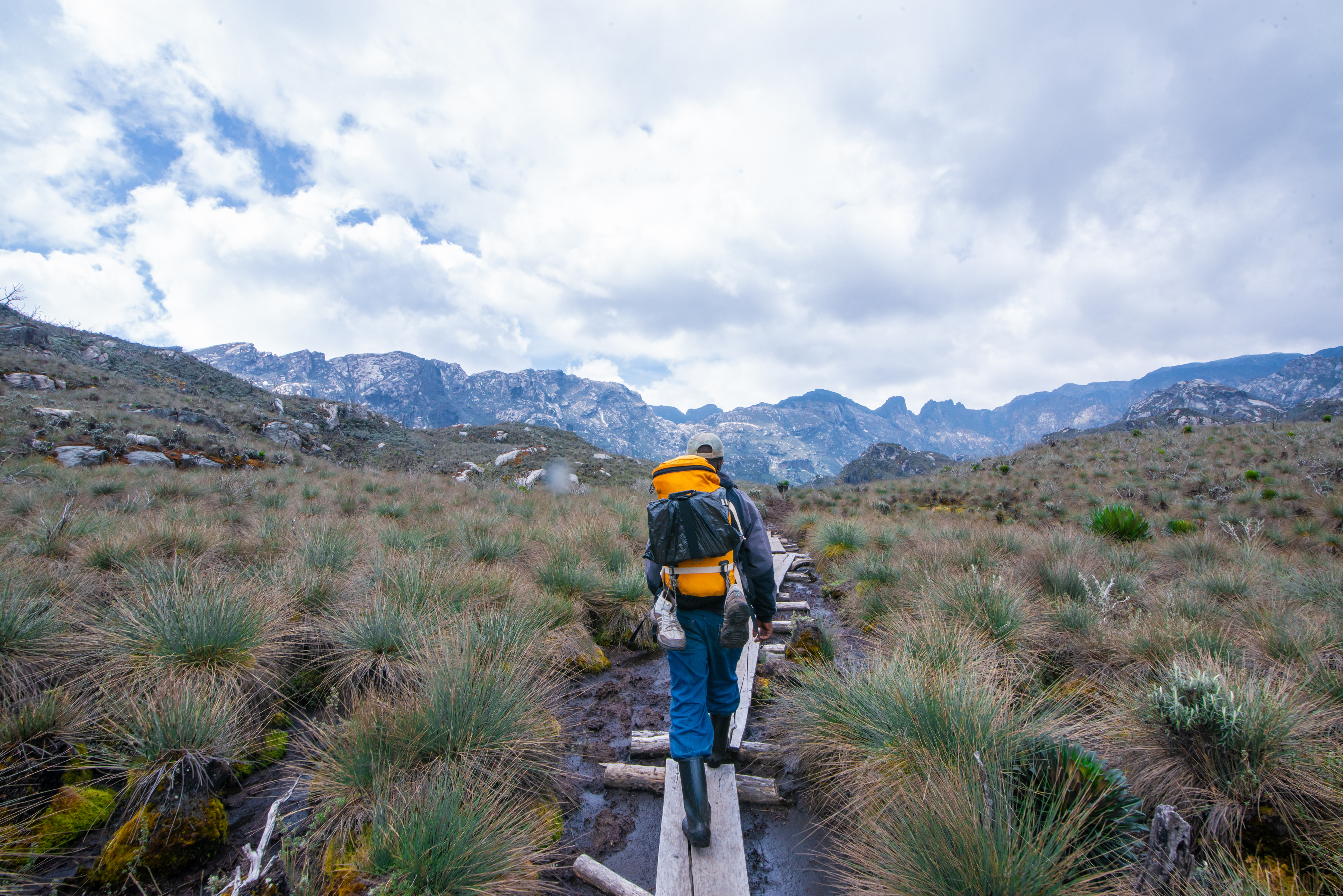
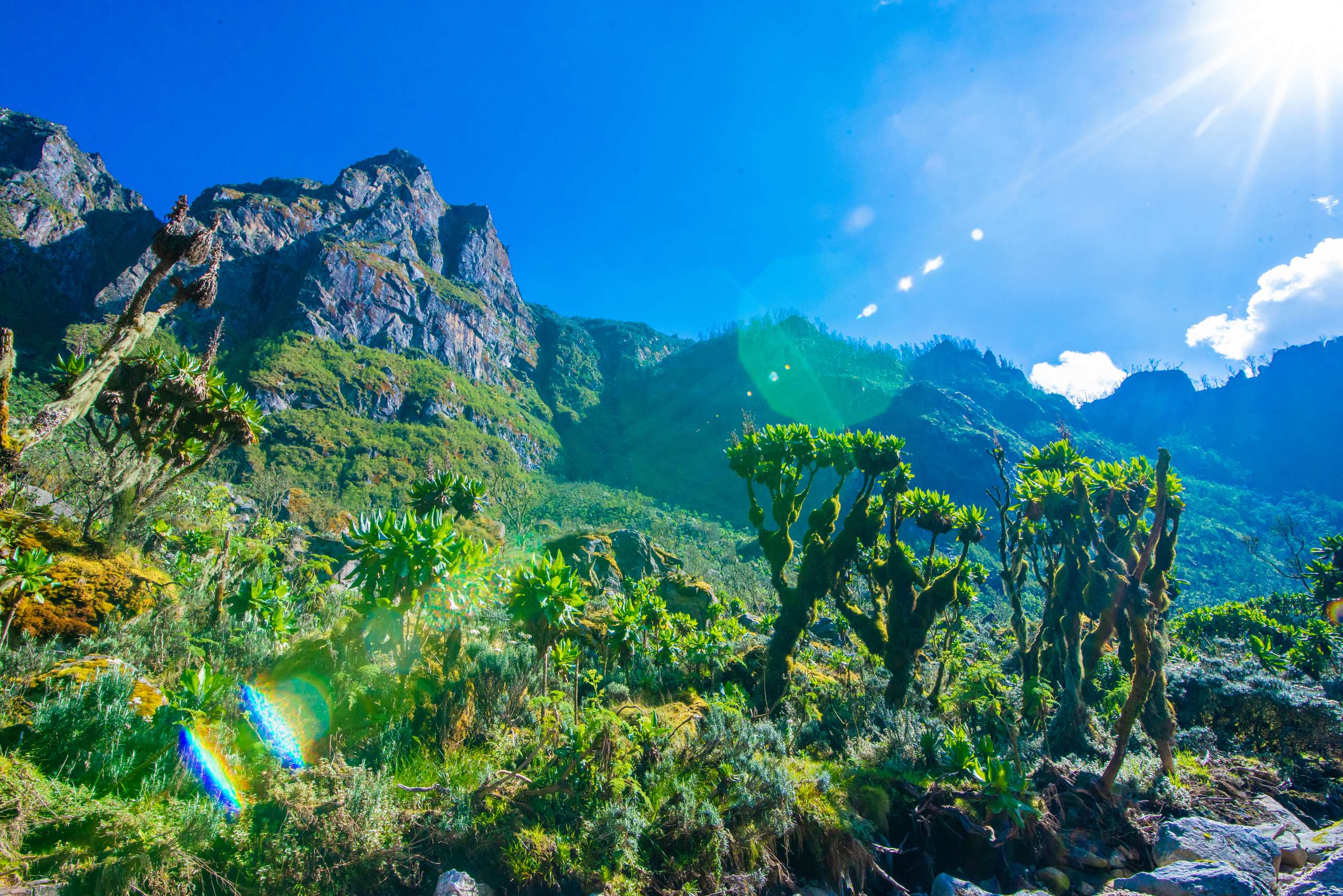
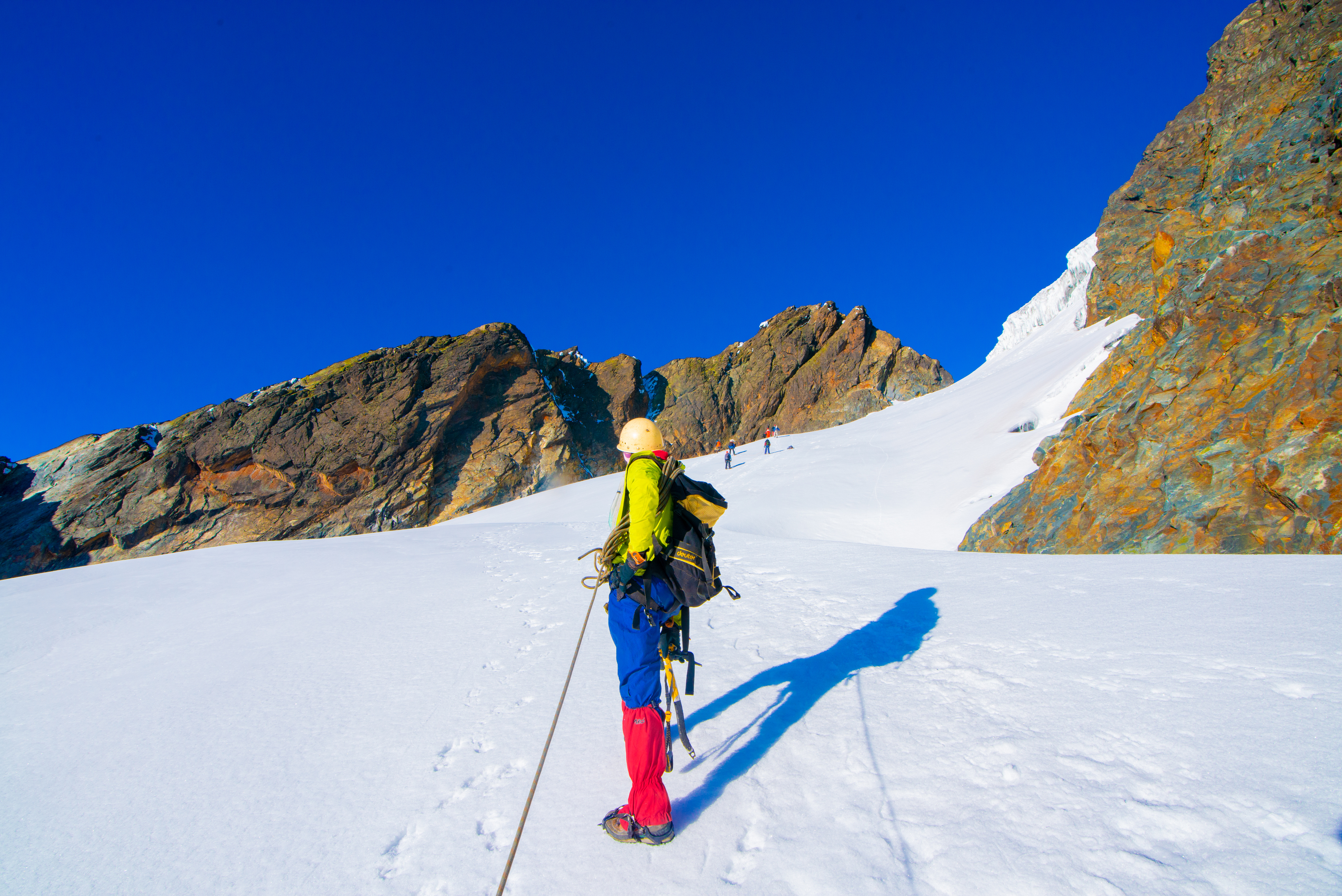
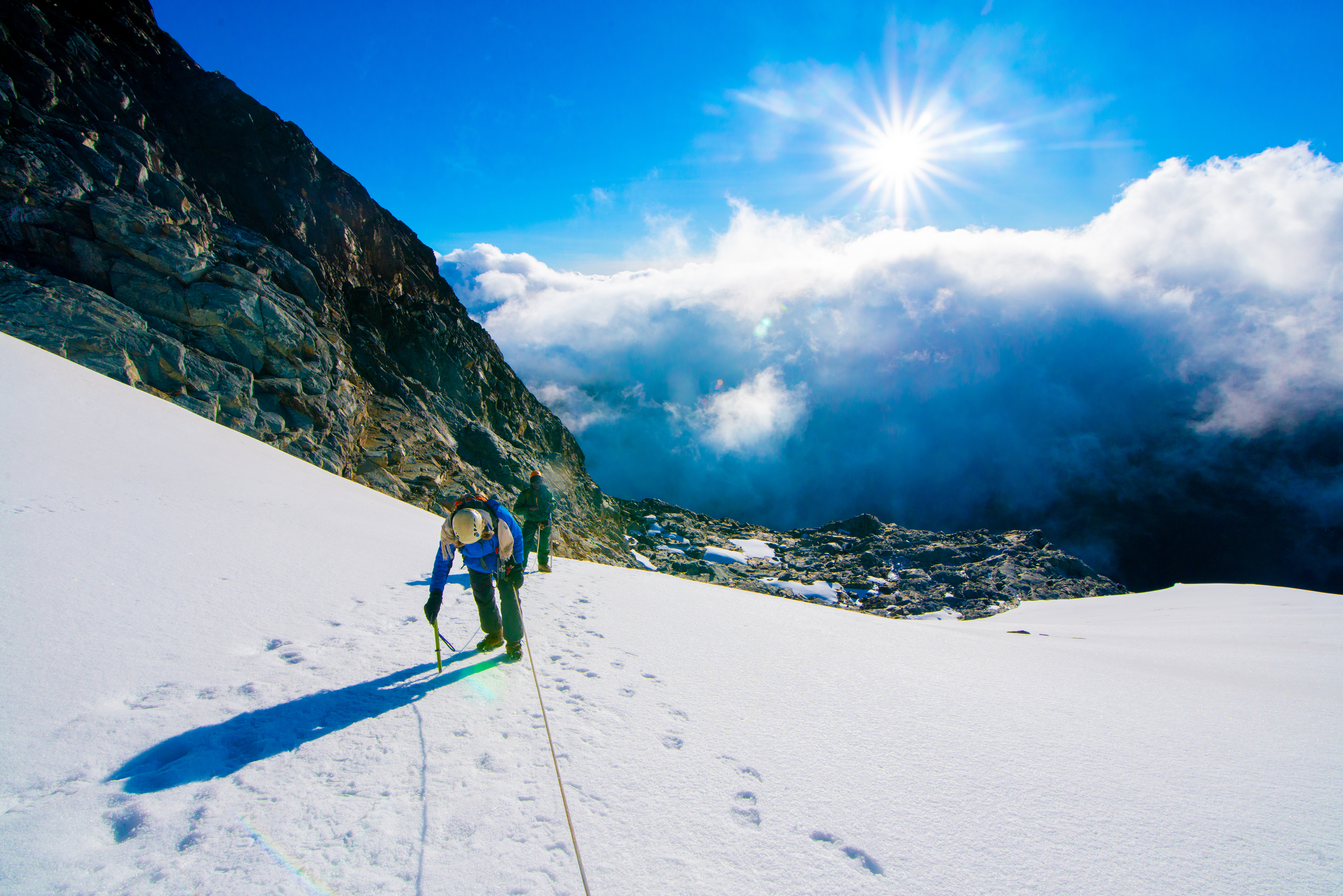
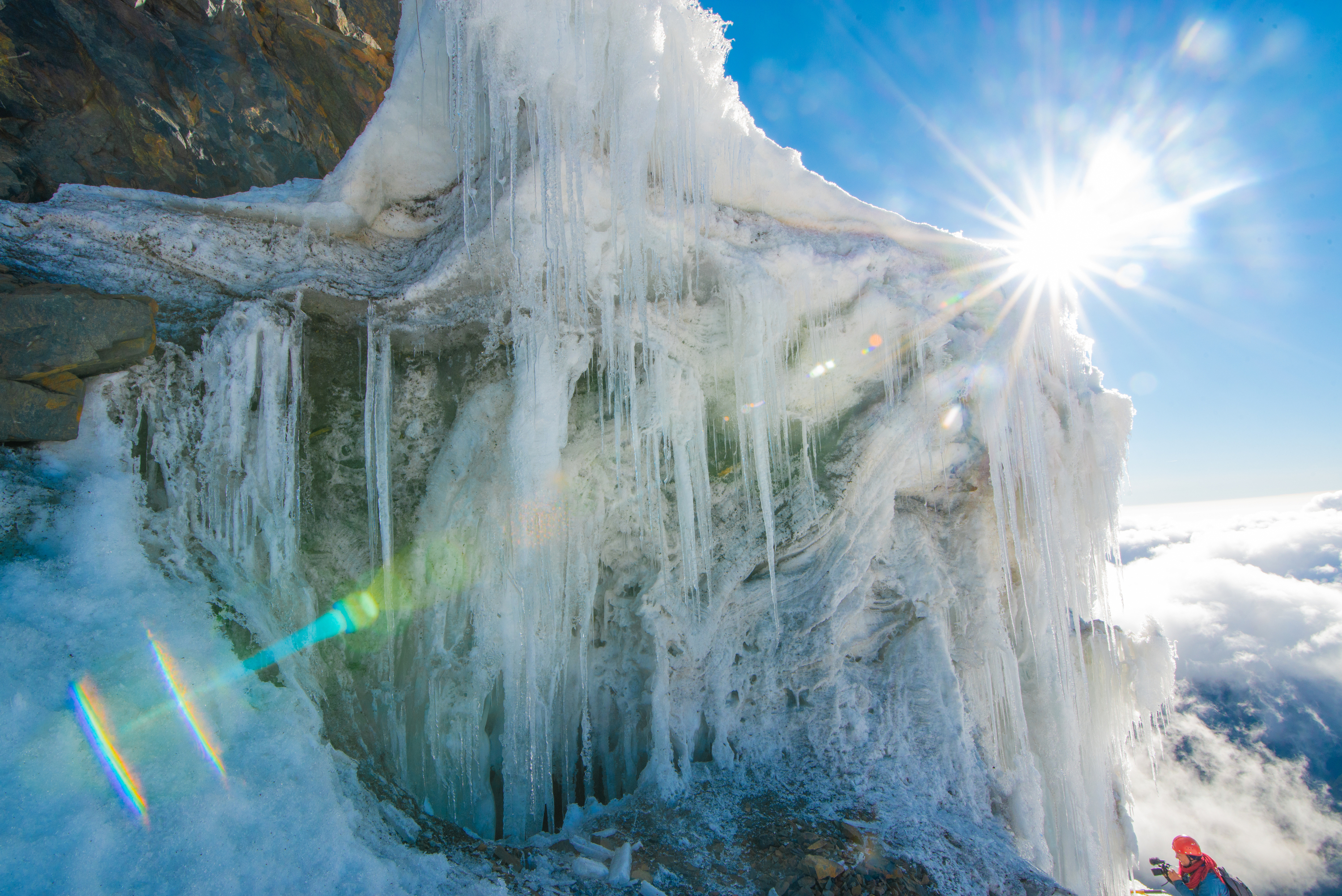
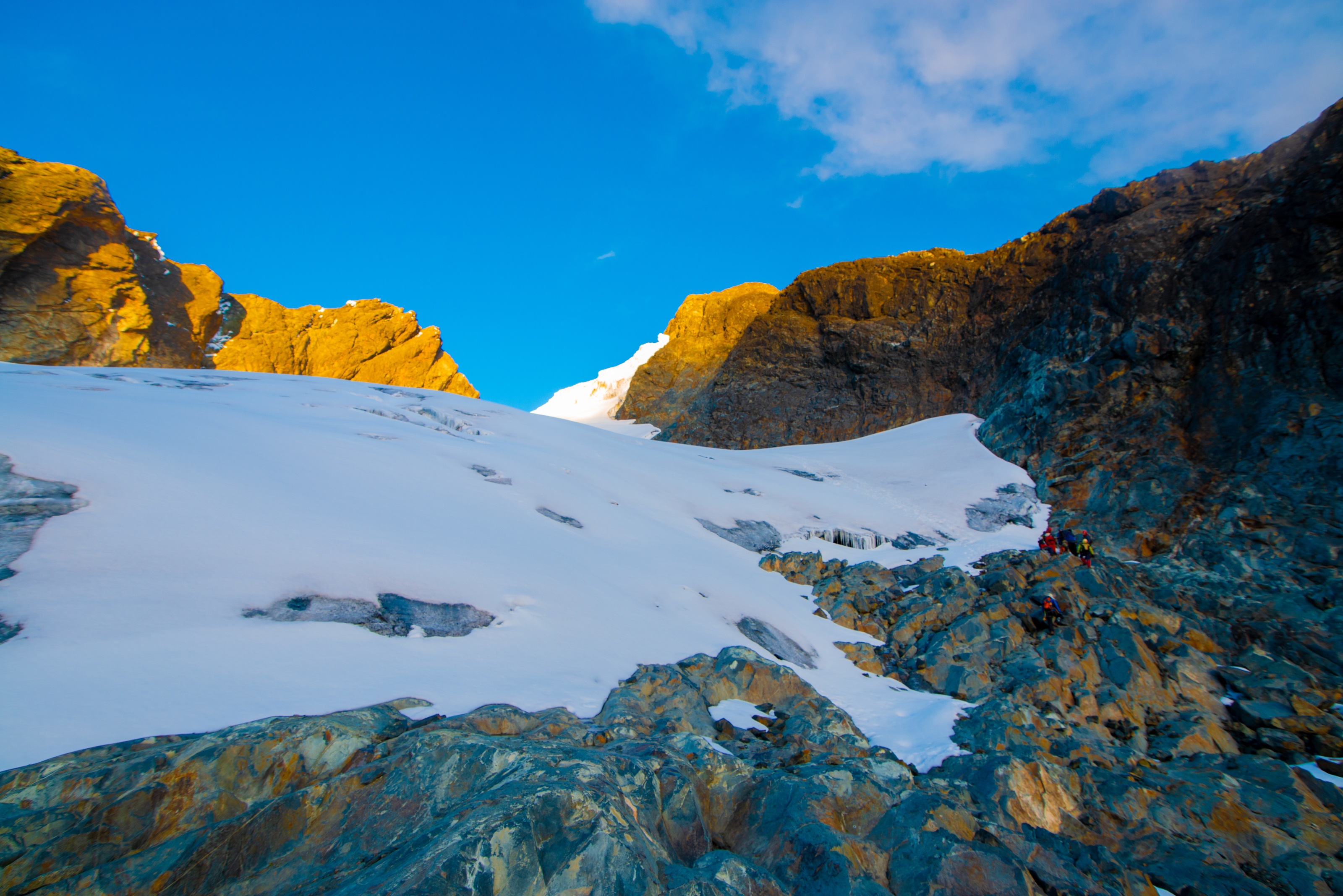

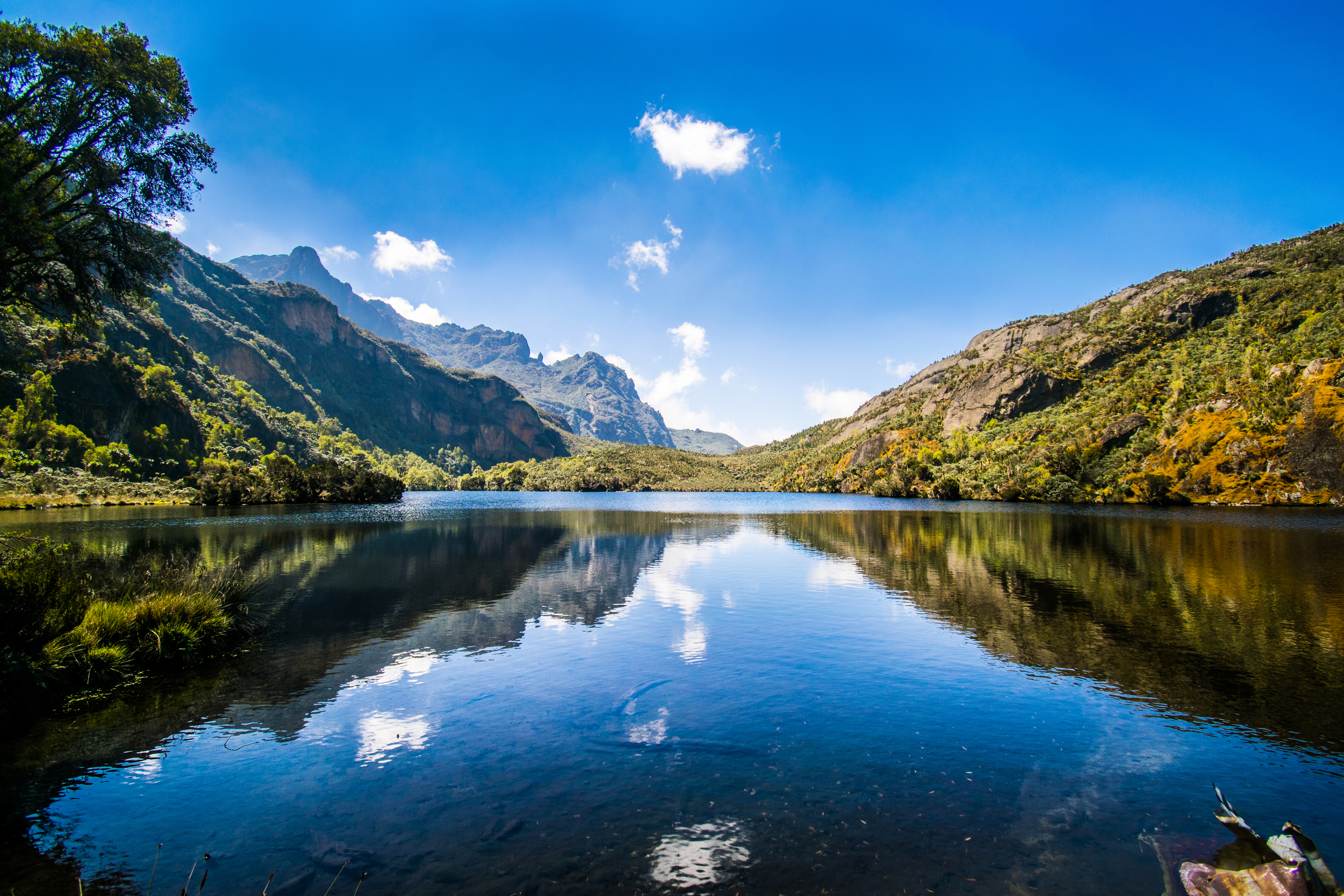
FAQs about
9 DAY - MOUNTAIN RWENZORI TREKKING ADVENTURE - 🇺🇬
The Rwenzoris – the fabled Mountains of the Moon – lie in western Uganda along the Uganda-Congo border. The equatorial snow peaks include the third highest point in Africa, while the lower slopes are blanketed in moorland, bamboo, and rich, moist montane forest. Huge tree heathers and colorful mosses are draped across the mountainside with giant lobelias and “everlasting flowers”, creating an enchanting, fairy-tale scene. Rwenzori Mountains National Park protects the highest parts of the 120km-long and 65km-wide Rwenzori mountain range. The national park hosts 70 mammals and 217 bird species including 19 Albertine Rift endemics, as well as some of the world’s rarest vegetation. The Rwenzoris are a world-class hiking and mountaineering destination. A nine- to twelve-day trek will get skilled climbers to the summit of Margherita – the highest peak – though shorter, non-technical treks are possible to scale the surrounding peaks. For those who prefer something a little less strenuous, neighboring Bakonzo villages offer nature walks, homestead visits home cultural performances and accommodation, including home-cooked local cuisine.
The trek is challenging and suited for experienced hikers. It involves steep ascents, uneven terrain, and high altitudes, requiring good physical fitness and stamina.
The best time to visit is during the dry seasons, from December to February and June to August. These months offer the clearest weather conditions, though rain is still possible.
The Rwenzori Mountains are home to a variety of wildlife, including elephants, Monkeys, and numerous species of birds like the Rwenzori turaco. You’ll also see unique 3 horned chameleon and also vast of vegetation such as giant lobelias and heather trees.
The highest peak, Margherita, reaches 5,109 meters (16,763 feet). Throughout the trek, you will experience various altitudes, including high mountain passes and ridges. & water falls and lakes
Yes, hiring a licensed guide is mandatory. The trails can be difficult to navigate, and a guide ensures both safety and deeper insights into the local culture and environment.
You will stay in basic huts or campsites along the trail. These provide shelter and communal facilities but are generally rustic, so be prepared for limited comfort.
2 thermal vests and thermal leggings, 1 fleece pullover, 1 fleece jacket, 1 rainproof jacket with hood, Shirts (not cotton), 1 buff, sun hat or cap, ski hat (wool), balaclava, 1 pair of hiking boots, 3 pairs of outer socks, 4 pairs of inner socks, Sandals, Gaiters, 1 fleece pants, 1 Trekking pants, sleeping bag (-15C), sleeping mat, sunglasses. more, Proper trekking boots, warm clothing for high altitudes, rain gear, and a sleeping bag are essential. Trekking poles, gloves, and waterproof bags are also recommended.
Yes, the itinerary includes gradual ascents to help trekkers acclimatize to the high altitudes and reduce the risk of altitude sickness.
Distances vary, but you can expect to trek between 10-15 kilometers daily, depending on the terrain and altitude.
Yes, you will have opportunities to interact with the Bakonzo people, learn about their traditional practices, and experience their way of life on the mountain slopes.
You should be in good health, with no major medical conditions. Carry essential medications, a first aid kit, and ensure you have travel insurance that covers high-altitude trekking.
Yes, depending on weather conditions and your fitness level, summiting Margherita Peak is a possibility, though it requires additional technical climbing skills.
Most trekking packages include three meals a day. The meals are basic but sufficient for the demands of the trek. It's advisable to bring energy snacks as well.
Groups typically range from 4 to 12 people, though private treks can be arranged. But also solo travelers, its a best option for you.
Guest reviews
You might also like
RWENZORI MOUNTAIN CLIMBING AND WILDLIFE ADVENTURE SAFARI
Kasese
10 DAY- ULTIMATE - TREK MARGHERITA PEAK- RWENZORI MT. NATIONAL PARK
Kasese

